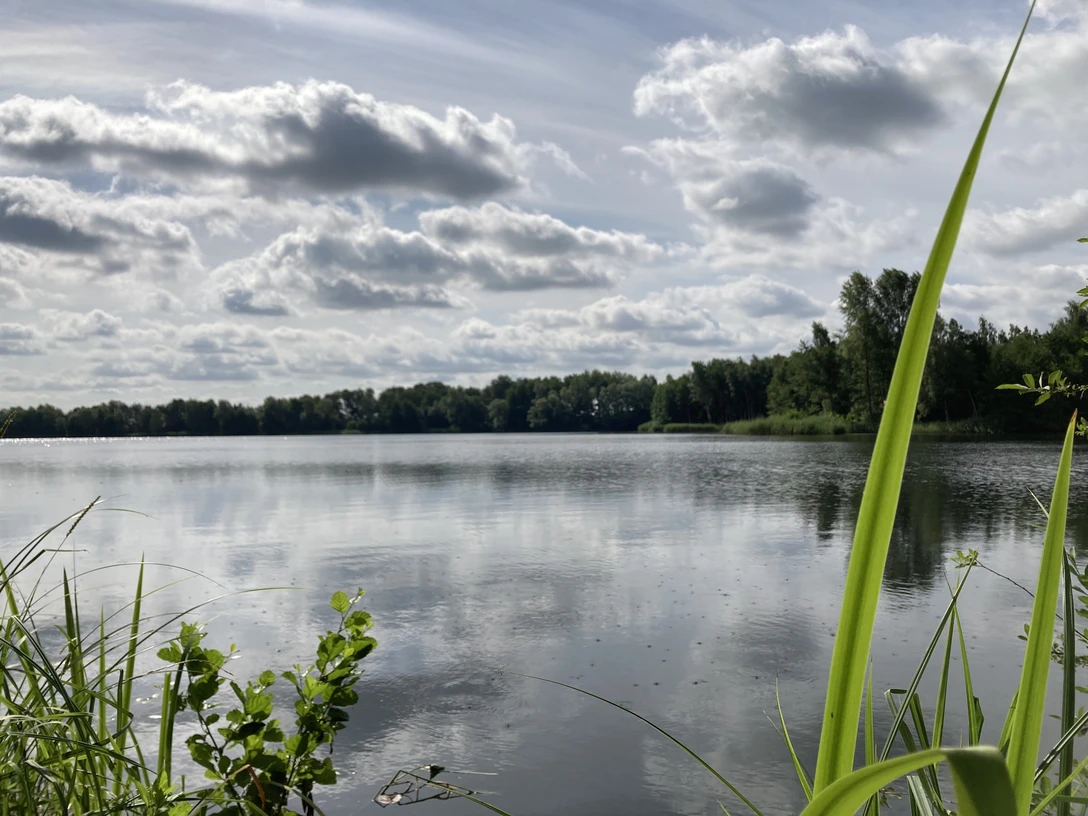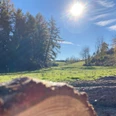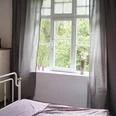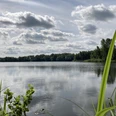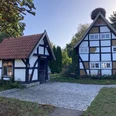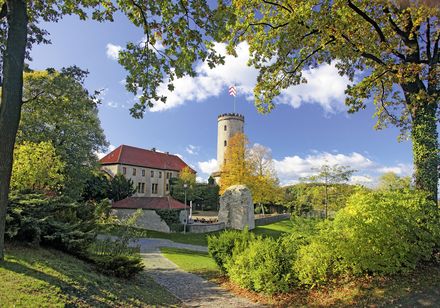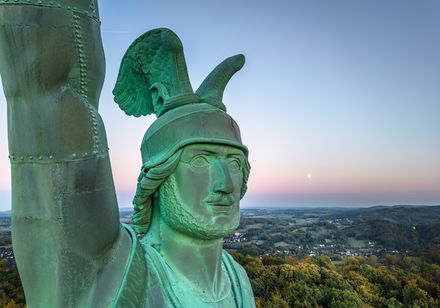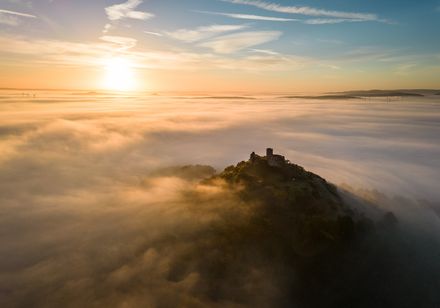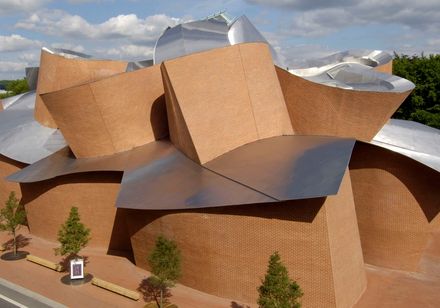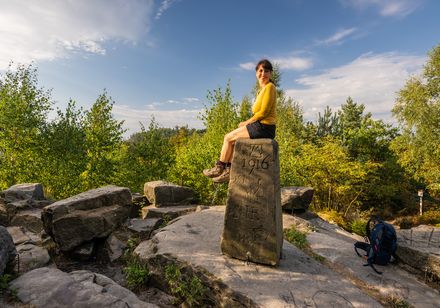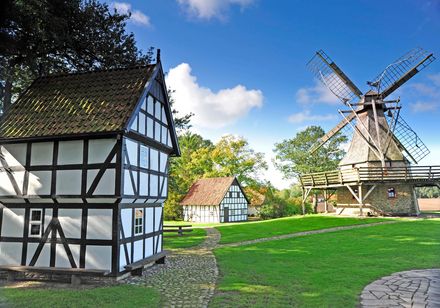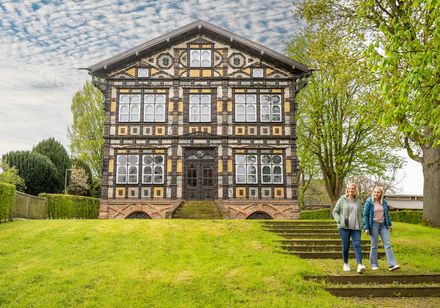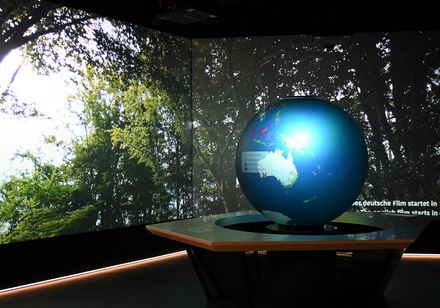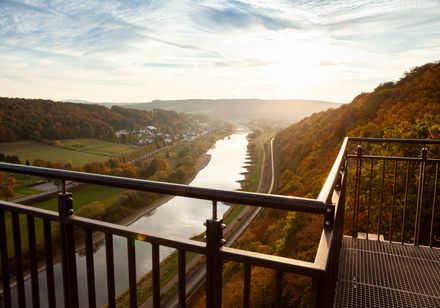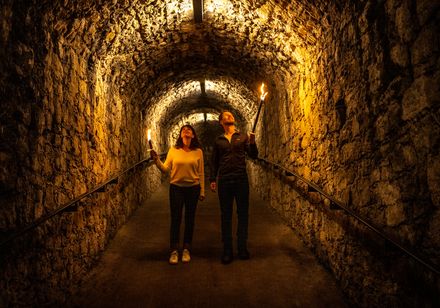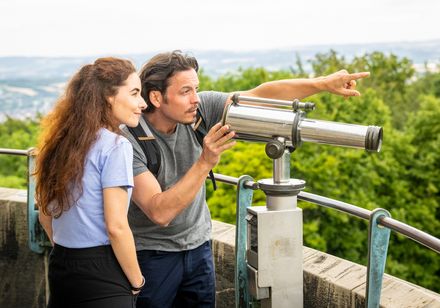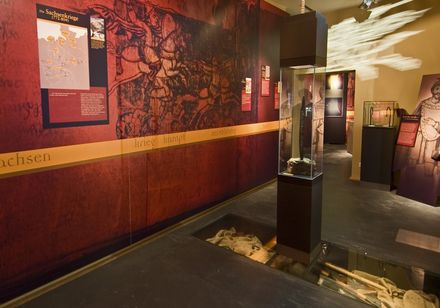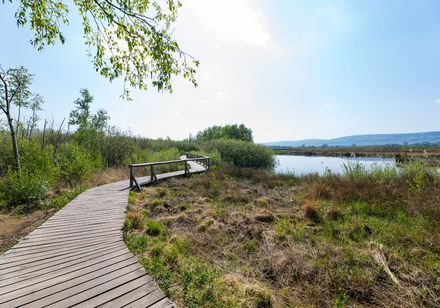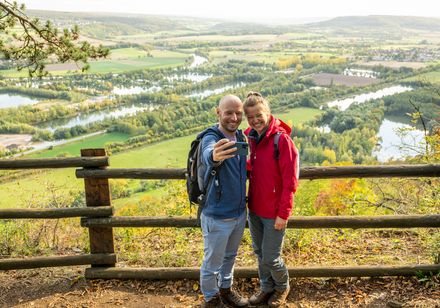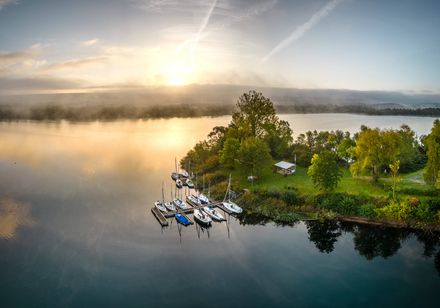The nature reserve is part of one of the largest burial mounds discovered to date in East Westphalia and extends over a length of 700 m and a width of 300 m south of the Old Roman Road.
During archaeological excavations by the Westphalian State Museum of Prehistory and Early History in 1960/61, numerous burial urns dating from around 1500 to around 500 BC were found in the burial mounds of the "Mantinghäuser Dünen". They date from three cultural periods, namely the Later Stone Age, the Bronze Age and the Iron Age. Based on the different types of burial, archaeologists assume that the site was used as a burial ground for around 1000 years. Some of the burial mounds built on the sand are visible above ground, and there is evidence of invisible cremation graves in their surroundings. There are a total of 16 urn graves in the area. (Source: Paderborn district)
During archaeological excavations by the Westphalian State Museum of Prehistory and Early History in 1960/61, numerous burial urns dating from around 1500 to around 500 BC were found in the burial mounds of the "Mantinghäuser Dünen". They date from three cultural periods, namely the Later Stone Age, the Bronze Age and the Iron Age. Based on the different types of burial, archaeologists assume that the site was used as a burial ground for around 1000 years. Some of the burial mounds built on the sand are visible above ground, and there is evidence of invisible cremation graves in their surroundings. There are a total of 16 urn graves in the area. (Source: Paderborn district)
Nearby
